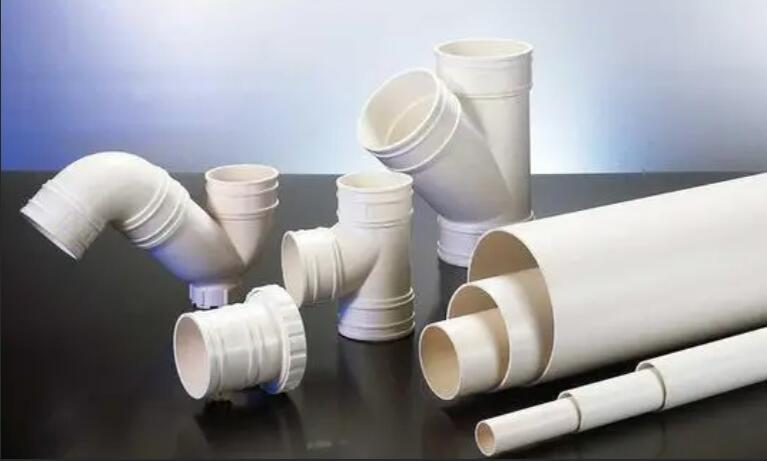Cellulose ether, a water-soluble polymer derived from cellulose, has various applications in multiple industries. It functions as a thickener, stabilizer, binder, gelling agent, and viscosity modifier. This versatile polymer finds use in building & construction, pharmaceuticals, food, personal care products, oil field, paper, adhesives, and textiles. For instance, it enhances the texture and stability of food and personal care products, improves the strength and smoothness of paper, and helps in fluid-loss control and thickening of drilling fluids in the oil field industry. Its unique properties make it an essential component in many products, improving their quality and performance.
Cellulose ether compounds play a vital role in building and construction materials. Yibang Cellulose® enhances mortar quality by regulating water retention and consistency, increasing homogeneity, and prolonging open time.
Cellulose Ether in Ceramics
Hydroxypropyl methylcellulose (HPMC) is a natural, non-ionic cellulose ether used in ceramics. It is produced by processing cellulose through chemical methods, resulting in an odorless, tasteless, and non-toxic white powder. HPMC readily dissolves in cold water, forming a clear or slightly cloudy colloidal solution. It acts as a binder, thickener, and suspension agent in ceramics, improving the overall quality and performance of the final product. HPMC enhances workability, prevents shrinkage, and improves adhesion, making it a popular choice in the ceramics industry.
Ceramic Extrusion
Powder Metallurgy
Engobes & Glazes
Powder Granulating
Cellulose Ether in Oil Drilling
HEC is a versatile cellulose ether with rheology-modifying properties used in the oil and gas industry. It acts as a thickener, suspension agent, adhesive, and emulsifier. HEC also improves water retention, film formation, and dispersion, providing colloidal protection in drilling fluids.
Drilling Fluids
Oilwell Cementing
Other Cellulose Ether Applications
Discover further applications of cellulose ether by clicking to read more details.
3D Printing
Printing Inks
Welding Rods
Color Pencils
Rubber Gloves
Non-woven Fabrics
Seed Coating
Cellulose Ether in Paints & Coatings
Water-based paints are an eco-friendly alternative to solvent-based coatings that use water as a solvent or dispersion medium. They are categorized as exterior paints, interior paints, or powder paints, depending on their intended use. Exterior water-based paints are formulated to withstand harsh weather conditions, while interior water-based paints are designed for low VOC emissions and improved air quality. Powder water-based paints are used for metal and furniture coatings. The benefits of water-based paints include easy application, fast drying time, low odor, and reduced environmental impact, making them a popular choice for both residential and commercial applications.
Exterior
Paints Interior Paints
owder Paints
Cellulose Ether For Personal & Home Care
Cellulose Ether, as a cosmetic additive, has a wide range of applications in personal and home care, acting as film formers, suspension aids, lubricants, lather enhancers/stabilizers, emulsion stabilizers, gelling agents, and dispersants.
Antiperspirant
Hair Coloring
Makeup Cosmetics
Shampoo
Toilet Cleaners
Body Lotion
Hair Conditioner
Mascara
Shaving Cream
Toothpaste
Detergents
Hair Spray
Neutral Cleaners
Sunscreen
Cellulose Ether in Polymerization
Cellulose ether is a key dispersant in the polyvinyl chloride (PVC) industry, playing a vital role in suspension polymerization. During the process, cellulose ether reduces the interfacial tension between vinyl chloride monomer (VCM) and water, allowing for stable and uniform dispersion of VCM in the aqueous medium. It also prevents VCM droplets from merging during the initial stages of polymerization and inhibits agglomeration between polymer particles during the middle and late stages. Cellulose ether acts as a dual agent, providing both dispersion and protection, ultimately ensuring the stability of the suspension polymerization system. Overall, cellulose ether is essential for producing high-quality PVC products with consistent properties.











